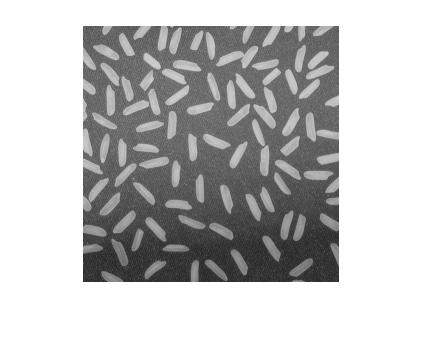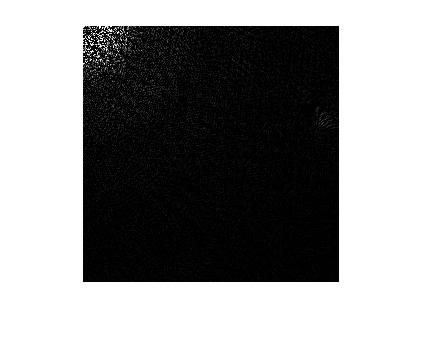dctmtx
離散コサイン変換行列
説明
例
入力引数
出力引数
ヒント
n行n列のイメージAである場合、D*AAの列の DCT で、D'*AはAの列の逆 DCT です。Aの 2 次元の DCT は、D*A*D'として計算できます。この計算は、dct2を使うより高速になる場合があります。特に、小さい DCT を何度も計算する場合は、Dを 1 回だけ決定すれば済むので高速になります。たとえば、JPEG 圧縮では、8 行 8 列の各ブロックの DCT が計算されます。この計算を実行するには、
dctmtxを使用してDを決定してから、D*A*D'を使用して各 DCT を計算します (ここで、Aは 8 行 8 列の各ブロックです)。これは、ブロックごとにdct2を呼び出すよりも高速です。
バージョン履歴
R2006a より前に導入

